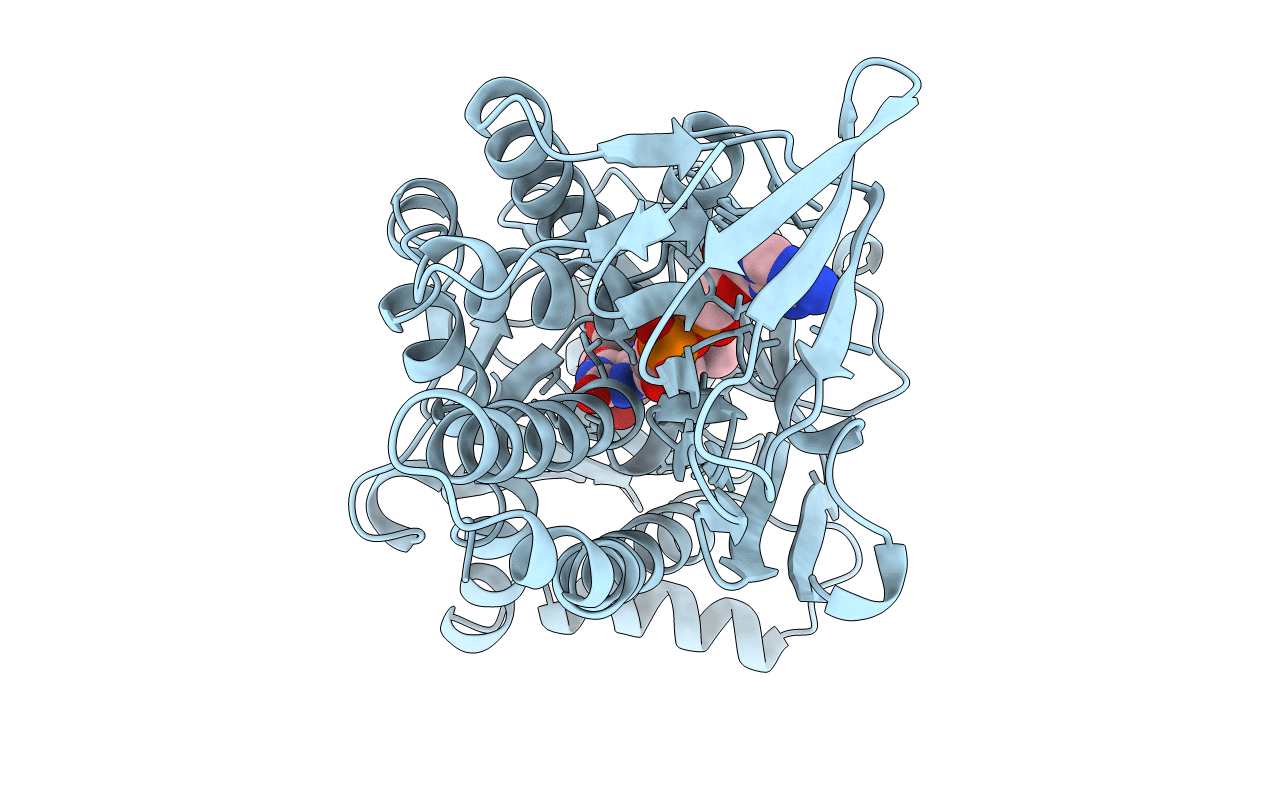
Deposition Date
1998-05-29
Release Date
1998-08-12
Last Version Date
2024-05-22
Entry Detail
PDB ID:
1BGJ
Keywords:
Title:
P-HYDROXYBENZOATE HYDROXYLASE (PHBH) MUTANT WITH CYS 116 REPLACED BY SER (C116S) AND HIS 162 REPLACED BY ARG (H162R), IN COMPLEX WITH FAD AND 4-HYDROXYBENZOIC ACID
Biological Source:
Source Organism:
Pseudomonas fluorescens (Taxon ID: 294)
Host Organism:
Method Details:
Experimental Method:
Resolution:
3.00 Å
R-Value Work:
0.12
R-Value Observed:
0.12
Space Group:
C 2 2 21


